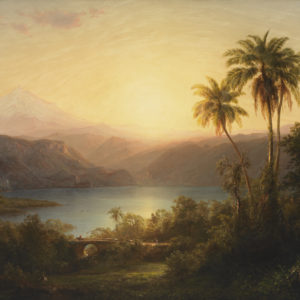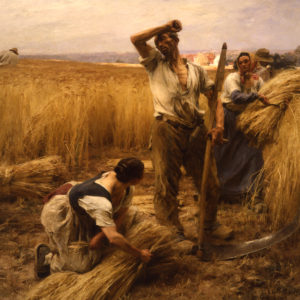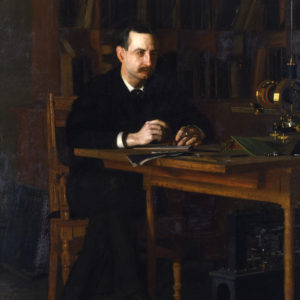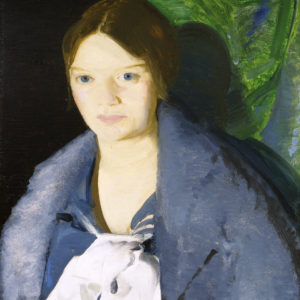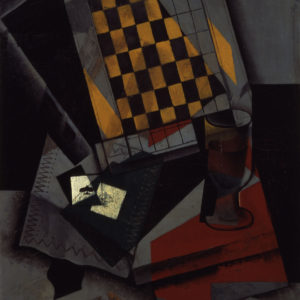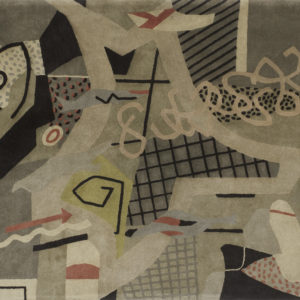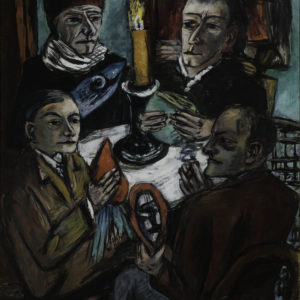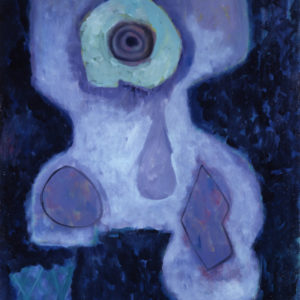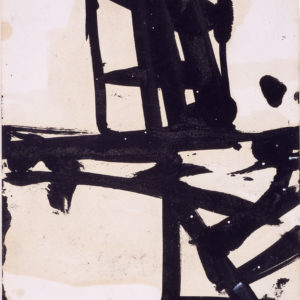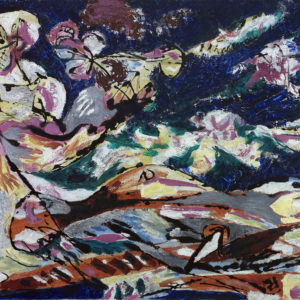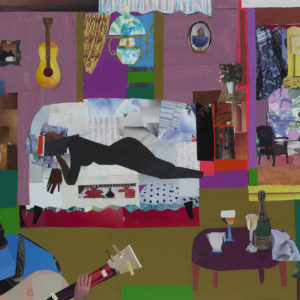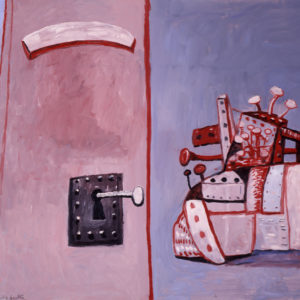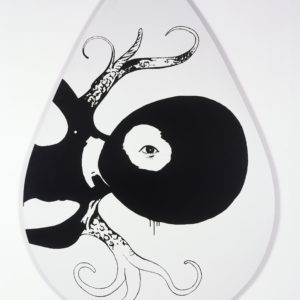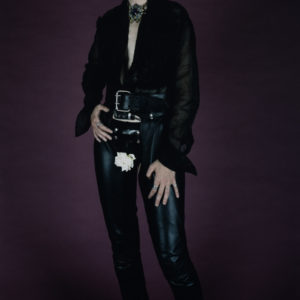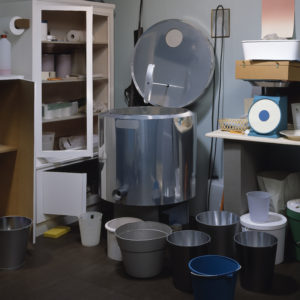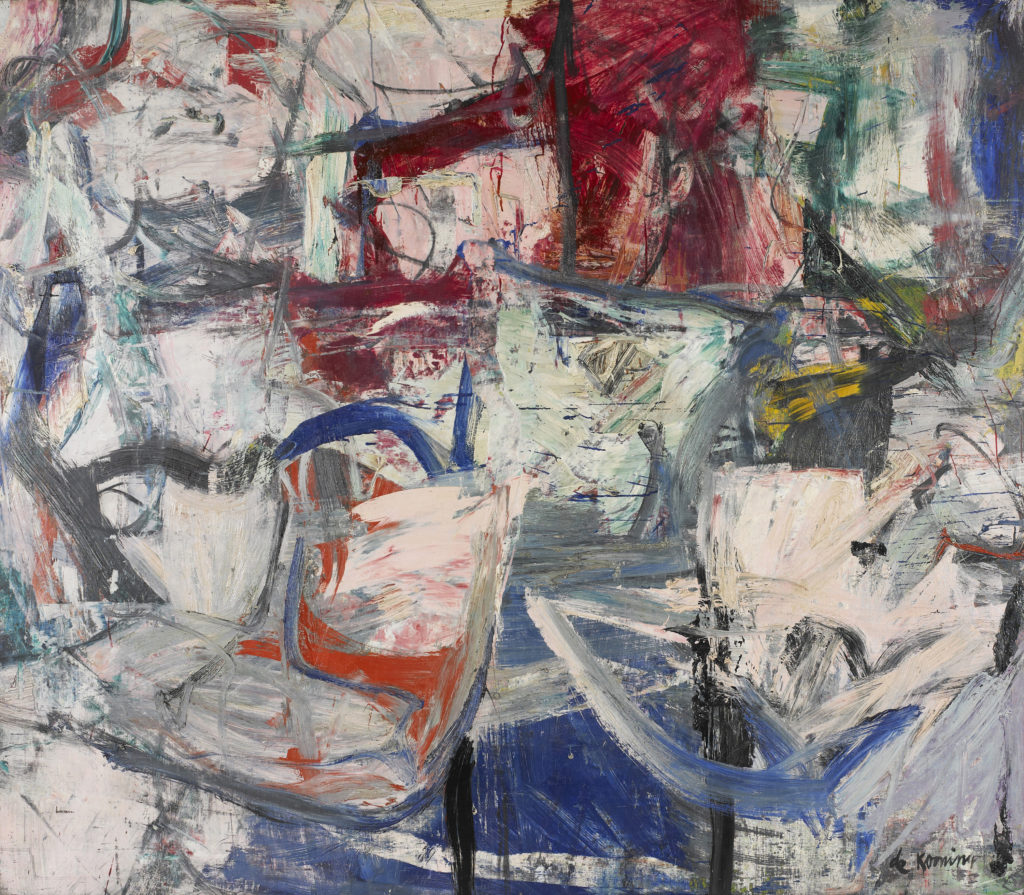
A collection is not a static thing, a project to be finished. A collection lives and breathes and evolves over time. It is shaped and sharpened by changing circumstances, changing priorities and changing interpretations. A collection is not an answer, but a lens through which to question the world.
As one of the oldest university museums in the nation, the Mildred Lane Kemper Art Museum at Washington University in St. Louis has long focused on acquiring significant art of its time. This fall, the museum marks the 10th anniversary of its Fumihiko Maki-designed facility with an ambitious, building-wide installation — the largest the museum has ever mounted — of its esteemed permanent collection.
“Real / Radical / Psychological: The Collection on Display” steps back from a decade of thematic presentations and, for the first time ever, presents the permanent collection in chronological fashion. Divided into three galleries — “The Long Nineteenth Century,” “Modernism and the Twentieth Century” and “Contemporary Moments” — the installation will provide new context for familiar highlights while also featuring rarely seen works and pieces that have been transformed through recent conservation.
Throughout each of the galleries, the leitmotifs real, radical and psychological illuminate how these notions have guided artistic production from the nineteenth century to today.
“Real” encompasses various approaches to depicting the visible world, both illusionistic and abstracted, as well as more subjective interpretations of a given reality. “Radical” includes politically driven aesthetic practices, particularly those that challenge artistic traditions and conventions, often resulting in images of both utopian and dystopian futures. “Psychological” investigates conceptions of the self and the internal world as well as the volatile states of the unconscious mind and its bodily manifestations.
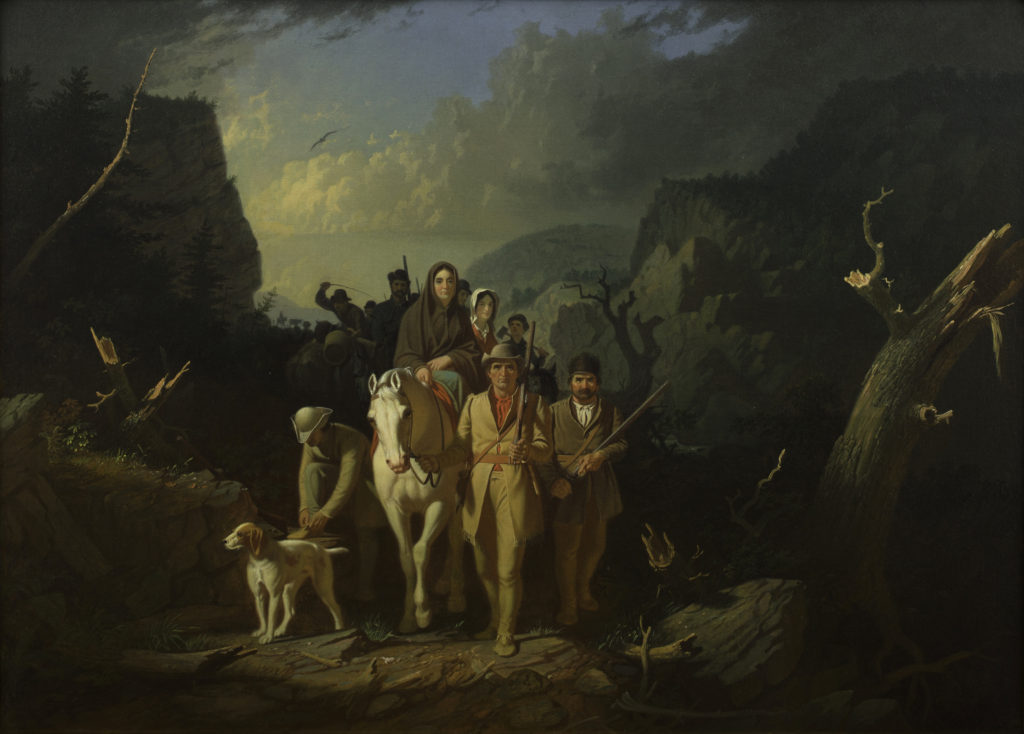
‘The Long Nineteenth Century’
Presented in a salon-style hang in the museum’s Garen Gallery, “The Long Nineteenth Century” reflects the richness of the museum’s collection of landscapes, genre painting, and portraiture, along with a rotating display from the vast collection of works on paper, from an era that stretches from the time of the American and French revolutions of the late eighteenth century to the dawn of World War I in 1914. This era witnessed radical ruptures and transformations that led to the creation of new nations and constitutional governments and to major advances in communication, technology and trade.
In the first half of the century, artists associated with Romanticism challenged Enlightenment values of empiricism, secularization and rationality, stressing subjective individualism and emotion. Within this context landscape became a newly independent genre capable of conveying personal and often spiritual experiences, as shown in a variety of works by the French Barbizon school and American Hudson River school painters.
By mid-century, Realism arose as a critical manifestation of certain artists’ concerns with creating a truly democratic art that would represent the material condition of contemporary life. Empirical observation of the exterior world became a particular concern for many artists as numerous scientific and technological innovations changed the way the world is measured and how goods are produced and distributed.
Leading American Realist painter Thomas Eakins’ “Portrait of Professor W. D. Marks” (1886) captures both the likeness and equipment of a prominent electrical engineer in meticulous detail, aided by the technology of photography. In France, the figure of the peasant was a particularly popular subject for Realist artists, whether used in anecdotal contexts such as Jules Breton’s tavern scene (1858), or in works that sought to capture the realities of agrarian labor in detail, as in Léon Lhermitte’s harvesting scene (1883).
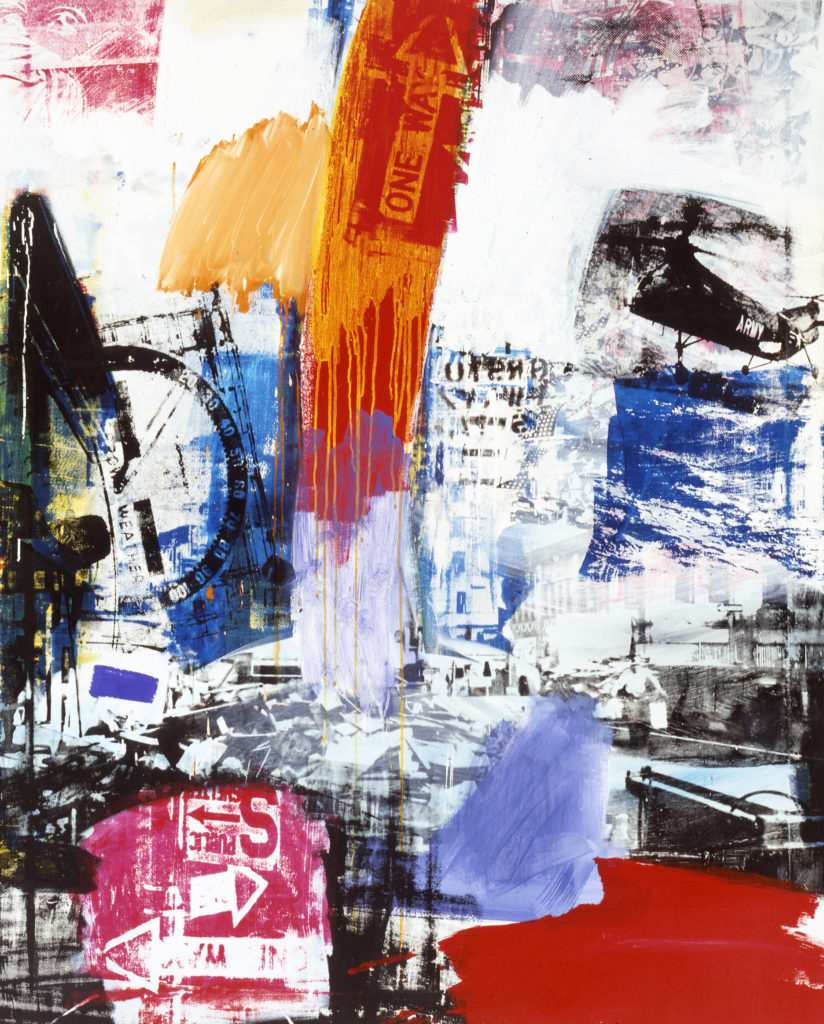
‘Modernism and the Twentieth Century’
In the Bernoudy Permanent Collection Gallery, “Modernism and the Twentieth Century” presents art from the early 20th century through the postwar years — a period that includes some of the collection’s most important works of European and American modernism. Both propelled by, and reacting against, the realities of modern progress, and in response to the brutality of two devastating world wars, artists visualized the human condition through new and often experimental modes of expression.
Various forms of abstraction and semi-abstraction emerged in such radical movements as Expressionism, Cubism, Constructivism, Surrealism and Abstract Expressionism. For example, Theo Van Doesburg’s “Compositie VII: de drie Gratiën (Composition VII: The Three Graces)” (1917) presents a dynamic interplay of abstract form and color that — via its title — references a trio of female dancers. The artist prized dance as much as abstract art as an expressive and creative form, revealing his faith in the promise of utopian new worlds.
By contrast, Marsden Hartley’s abstracted “The Iron Cross” (1915) uses both recognizable symbols and abstract shapes to pay homage to a German officer and friend killed during the early stages of World War I. Paintings by artists including Max Beckmann, Karl Zerbe and Max Ernst mediate experiences of exile and loss during World War II.
The bold gestures of Willem de Kooning’s “Saturday Night” (1956) suggest the external and dynamic effects of American postwar urban industrial culture on individual experience, while French artist Pierre Soulages’ large-scale “Peinture 200 x 265 cm, 20 mai 1959 (Painting 200 x 265 cm, 20 May 1959)” (1959), delves into the internal qualities of painting, connecting the medium to the physical process of its making.
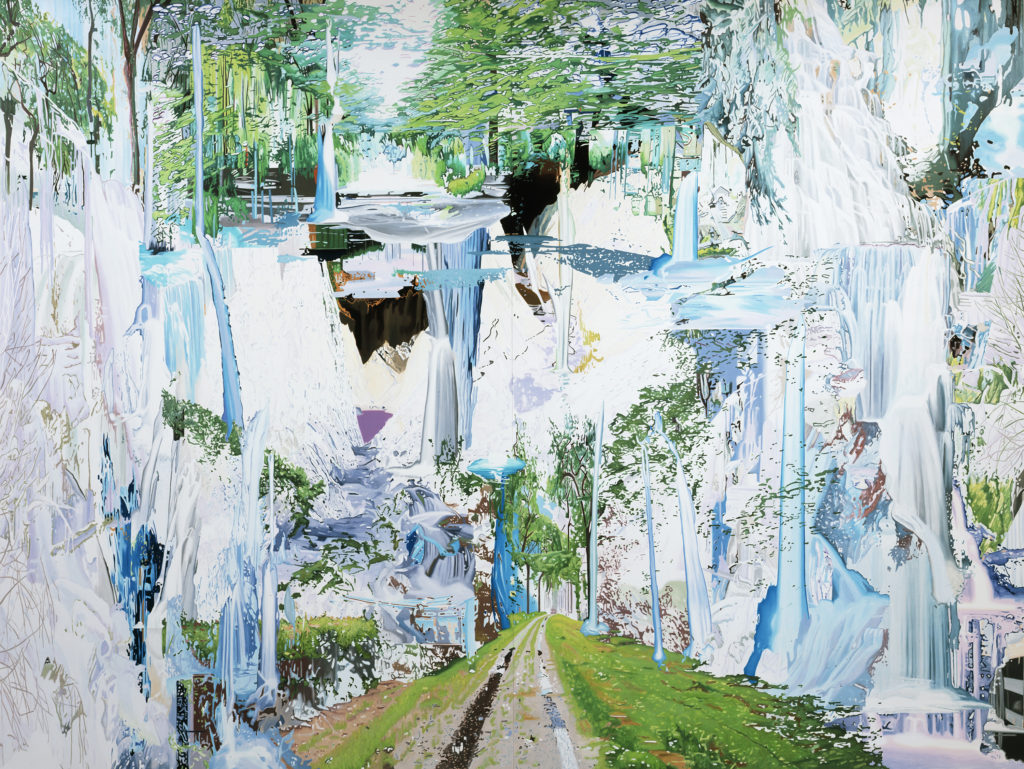
‘Contemporary Moments’
In the Barney A. Ebsworth Gallery, “Contemporary Moments” includes works by an international array of artists from the late 1960s until today. During this cacophonous period, much artistic focus shifted away from progressive modernist paradigms and toward a material and conceptual pluralism.
Valie Export, Howardena Pindell and Martha Rosler, among others, produced charged artworks that variously incorporate newly emerging art forms such as performance, language, photography and video to question underlying structures of social control and oppression. Employing parody, pointed critique, and, in the case of Export’s “Touch Cinema” (1968), radical self-exposure and provocation, these artists confronted normative assumptions of gender, race and the ways the mass media shape perceptions of identity.
Barbara Kruger’s adoption of advertising techniques emphasized the coercive authority of language while work by Renée Cox and Catherine Opie, among many others, brought renewed attention to the politics of the body — be it the black male body in the case of Cox’s photographic collage, or the gay, lesbian and transgendered subjects of Opie’s reverent photographic portraiture.
Many recent acquisitions will be highlighted here as well, reflecting a range of contemporary artistic positions that give visual expression to the impact of the new digital age and the associated paradoxes of unprecedented mobility and virtual technologies. These include works that expand the practice of painting via digital design methods, as exemplified in the art of Michel Majerus or Corinne Wasmuht, and others who create large-scale, seductive photographs, such as those by Andreas Gursky, Trevor Paglen and Wolfgang Tillmans, which seem to question the indexical quality of the medium.
In addition, four works in the museum’s May Department Stores Foyer cross the timeframe of the overall installation, each reflecting distinct points of intersection between art and politics, including American slavery, World War II, the Vietnam war, and 9/11 and its aftermath (respectively): Thomas Ball’s “Freedom’s Memorial” (1875), Alexander Calder’s “Bayonets Menacing a Flower” (1945), Robert Rauschenberg’s “Choke” (1964) and Alfredo Jaar’s “May 1, 2011” (2011).
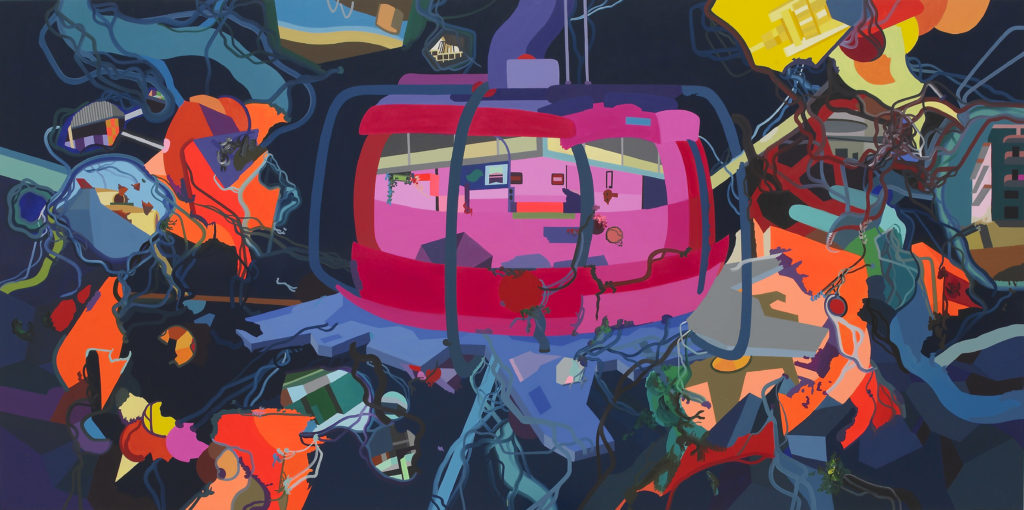
Organizers
Support for this installation is provided by the William T. Kemper Foundation, Elissa and Paul Cahn, Nancy and Ken Kranzberg, the Hortense Lewin Art Fund, and members of the Mildred Lane Kemper Art Museum.
The exhibition is curated by Sabine Eckmann, the William T. Kemper Director and chief curator; Meredith Malone, associate curator; and Allison Unruh, associate curator.
Spotlights Catalog
![Spotlights cover border[1]](https://source.washu.edu/app/uploads/2016/08/Spotlights-cover-border1-248x300.jpg) In conjunction with the installation, the new collection catalog “Spotlights: Collected by the Mildred Lane Kemper Art Museum,” will be available.
In conjunction with the installation, the new collection catalog “Spotlights: Collected by the Mildred Lane Kemper Art Museum,” will be available.
It assembles 46 monographic essays that explore preeminent and lesser-known artworks by artists ranging from Albrecht Dürer, Rembrandt van Rijn, Georges Braque and Willem de Kooning to Olafur Eliasson and Carrie Mae Weems. Both well-known and emerging scholars offer an array of perspectives on an equally diverse range of artworks to illuminate one of the most distinguished university art collections in the United States.
About the Mildred Lane Kemper Art Museum
“Real/Radical/Psychological: The Collection on Display” opens with a public reception from 6-10 p.m. Friday, Sept. 9, and remains on view through Jan. 15, 2017. The museum is located on Washington University’s Danforth Campus, near the intersection of Skinker and Forsyth boulevards. Regular hours are 11 a.m.-5 p.m. daily except Tuesdays, and 11 a.m.-8 p.m. the first Friday of the month. The museum is closed Tuesdays.
For more information, call 314-935-4523; visit kemperartmuseum.wustl.edu; or follow the museum on Facebook, Twitter and Instagram.
